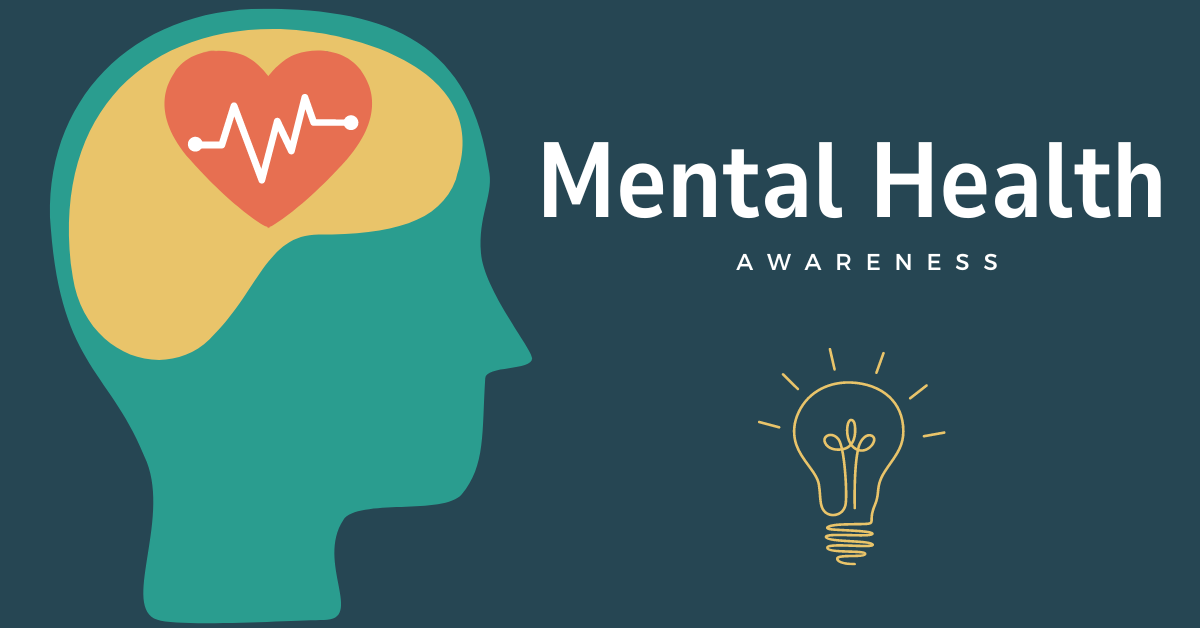
Maura Appleberry (11, MST) is no stranger to late-night study sessions and operating on only a few hours of rest, but the problem recently came to a head a few weeks ago. “Right before the Valentine’s Day Dance, I was super busy planning and organizing volunteers on top of managing four AP classes,” she said. “I probably only got three hours of sleep, so I forgot about three quizzes I had scheduled for Thursday, and then I ended up sleeping through one of my classes.”
In today’s society, sleep deprivation is something that most people, especially students, have become accustomed to in their daily lives. High schoolers are expected to juggle an increasing number of complex responsibilities, often running on very little sleep due to school, extracurricular activities, jobs, and other time consuming activities.
The exact amount of rest that young people need is debateable. According to the National Sleep Foundation, teens ages 10-17 need between 8.5 and 9.25 hours of sleep per night, however the exact amount is different for every person.
A lack of sleep is a major contributor to student stress. A 1997 experiment restricted participants to 4-5 hours of rest per night and studied the psychological effects. It found that those who were sleep deprived reported higher levels of anxiety, moodiness, and stress than those who slept a healthy amount.
This vicious cycle leads to extremely negative impacts for teenagers. In addition to stress, sleep deprivation can cause “drowsy driving; emotional and behavioral problems such as irritability, depression, poor impulse control and violence; health complaints; tobacco and alcohol use; impaired cognitive function and decision-making; and lower overall performance in everything from academics to athletics,” according to an article by the National Sleep Foundation. The very symptoms of sleep deprivation lead to further anxiety, which can cause stress-induced insomnia, perpetuating the cycle.
Teenagers are particularly susceptible to sleep problems for several reasons. First, during adolescence, there is a shift in the circadian rhythm, the mechanism that affects one’s biological clock. Melatonin, the hormone that is naturally secreted on a cycle to cause drowsiness, is released later in teenage bodies than in the bodies of adults or younger children. This explains why many high schoolers cannot fall asleep before 11 p.m., regardless of when they wake up. These trends tends to reverse themselves beginning in the late teens and early 20s, and those in their mid-50s actually tend to rise around the time they did before puberty. Even though teenagers generally operate on a different physiological schedule than the rest of the world, they are still bound by school start times that coincide roughly with adult circadian rhythms.
Second, many students’ sleep cycles are disrupted by distractions, both inside and outside of their control. TVs, computers, cell phones, and other devices have been shown to induce wakefulness. A 2012 study demonstrated that use of backlist electronics for two hours suppresses melatonin levels by approximately 22%. Additionally, many young people are pulled away from sleep by the need to do homework, the demands of a part-time job, or the desire to socialize with friends.
Some school districts have attempted to reduce this problem by implementing later start times. As part of a study by the Center for Applied Research and Education Improvement at the University of Minnesota, two school districts changed their start times for high schools from 7:20 to 8:40 for the 1997-1998 school year. Surveys showed an increase in the total amount of sleep students got on average, and a decrease in difficulty staying awake for the schools that made start times later than those that did not.
Ms. Michelle Leslie, one of Manual’s counselors, advises that JCPS probably won’t be looking to delay the school day anytime soon. “It would be a perfect situation to start the day later, because it’s true that teenagers’ brain functions aren’t 100% at the current time,” she said. “The problem is that there are 100,000 students in the district, and they can’t put the younger ones on the busses as early as they can the older ones. So if high school were to start at, say, 8:30, that would push our dismissal to 3:30, which would push the elementary school dismissal to 5:30.”
However, while pushing school start times back may not be an option for JCPS high schoolers, there are still things students can do to try to decrease their tiredness. According to the National Sleep Foundation, one should go to bed and get up at the same times every day. This helps to regulate the sleep cycle. Additionally, one should avoid napping during the day, avoid bright light in the evening, and practice a relaxing bedtime ritual every night.




